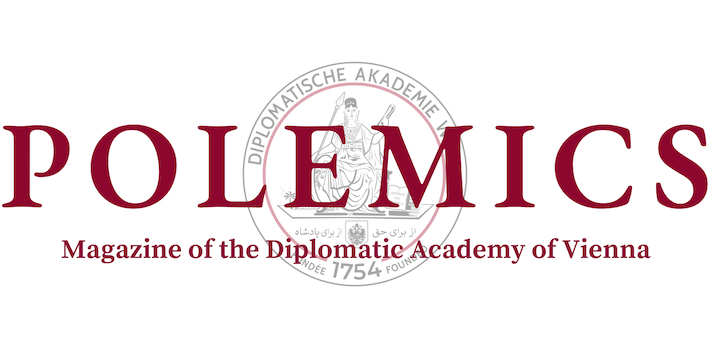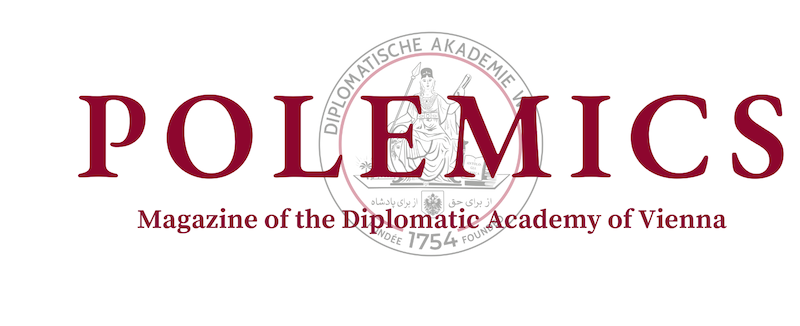In a world of globalisation, power relations are no longer dictated by military strength or economic power but by a subtle balance of international webs of trade, political stability and defence expenditure. States balance a network of economic interdependencies and military dependencies that collectively determine their power in the world.
Global Trade Networks: The Economic Web
The trade network of 20 players across world countries highlights a reality in which economic relationships determine strategic priorities. Europe (EU), North America and East Asia form the core hubs of global trade, characterised by strong interconnectivity and high levels of integration.

China’s position is rather interesting. It has established extensive trade relationships with the likes of Africa, Latin America and Southeast Asia all the way to Europe through its Belt and Road Initiative (BRI), expanding its global footprint. This move is a testament to China’s rising status as an independent economic powerhouse.
Smaller nations like Singapore and Switzerland function as key “bridge countries,” linking different economic blocs for trade. Switzerland’s role as a global financial hub bridges Europe to the rest of the world, and Singapore’s free-trade regime and strategic location serve as a gateway to Southeast Asian trade.
Conversely, resource-abundant regions, such as the Middle East and Africa, heavily export raw materials like minerals and oil but are not as highly integrated into world commerce as industrialised regions. The majority of African nations relies heavily upon trade with their former colonial powers and China, leaving them vulnerable to external economic volatility.
Political Stability and Military Expenditure: A Complex Relationship
The Global Stability & Military Influence Index, a combination of political stability metrics and military spending as percentages of GDP, provides nuanced conclusions about global power structures.

Scandinavian nations, for example, as well as Canada and Australia, have high political stability with low military spending. Their security policies seem to be concentrated on alliances and diplomatic involvement instead of high military spending. On the other hand, nations such as the United States, Russia and China feature large military expenditures during domestic stability, pointing toward worldwide strategic interests. This approach portrays a belief in military capability as a pillar of global power.
Geopolitical regions like the Middle East (Iran, Saudi Arabia and Egypt) and South Asia (India and Pakistan) allocate high percentages of their GDP to defence against the backdrop of political instability. This trend is often the outcome of long-standing conflict, border tensions or authoritarian governance. Countries that combine high instability with high defence spending tend to turn into geopolitical flashpoints, where defence spending is driven by domestic or regional conflict.
Some African and Latin American nations are politically volatile but lack the economic resources to build effective military forces. They typically depend on foreign military aid, United Nations peacekeeping forces or regional defence alliances to provide security.
Interrelated Dynamics: Economic Power and Military Capability
The comparison between international trade networks and political stability and defence expenditures offers critical insights:
Economic Power vs. Military Power: Economic powerhouses like Japan and Germany possess regional influence despite maintaining comparatively low military spending. Conversely, Russia boasts an enormous military but a comparatively smaller economy, which limits its geopolitical reach beyond hard power.
The Effect of Military Alliances: Countries with low defence expenditure, such as Germany, Canada and Japan, rely on NATO or U.S.-sponsored security alliances for their defence. Those nations not in the Western military alliances, such as China, India and Russia, all have higher expenditures on independent defence capabilities.
Geopolitical Flashpoints: Regions like the Middle East, South Asia and parts of Africa, where high defence spending is coupled with inherent instability, tend to seek arms races or proxy wars, leading to continued military build-ups.
China’s Two-Pronged Strategy: China is the best instance of a two-pronged strategy, positioning itself as an economic superpower and a rising military power. It employs trade diplomacy with initiatives like the BRI while simultaneously expanding its military presence, particularly in the South China Sea.
Navigating the Future of Global Influence
The intricate balance between economic networks and military strength defines power in the 21st century. As the geopolitical landscape evolves, several trends merit attention:
- China’s Economic Expansion: China’s growing economic footprint is likely to reshape global trade dependencies, influencing geopolitical alliances and economic policies worldwide.
- Increased Defence Spending in Europe: European nations are reevaluating their defence budgets in response to shifting geopolitical dynamics. The EU wants to invest €800 billion in defence in the near future.
- Africa’s Economic Partnerships: While Africa’s burgeoning economic partnerships may lead to new trade alignments, they do not inherently guarantee political stability. The continent’s future will depend on how these economic relationships translate into sustainable development and governance reforms aimed towards establishing more inclusive institutions.
Ultimately, the world remains deeply interdependent, with nations striving to balance economic cooperation and military deterrence. The trajectory of global influence will hinge on whether diplomacy and trade can prevail over military rivalries.
Written by Ferdinand Maximilian Roniger.
Edited by Alexandra Steinhoff.
Photo credit: Ferdinand Maximilian Roniger.









